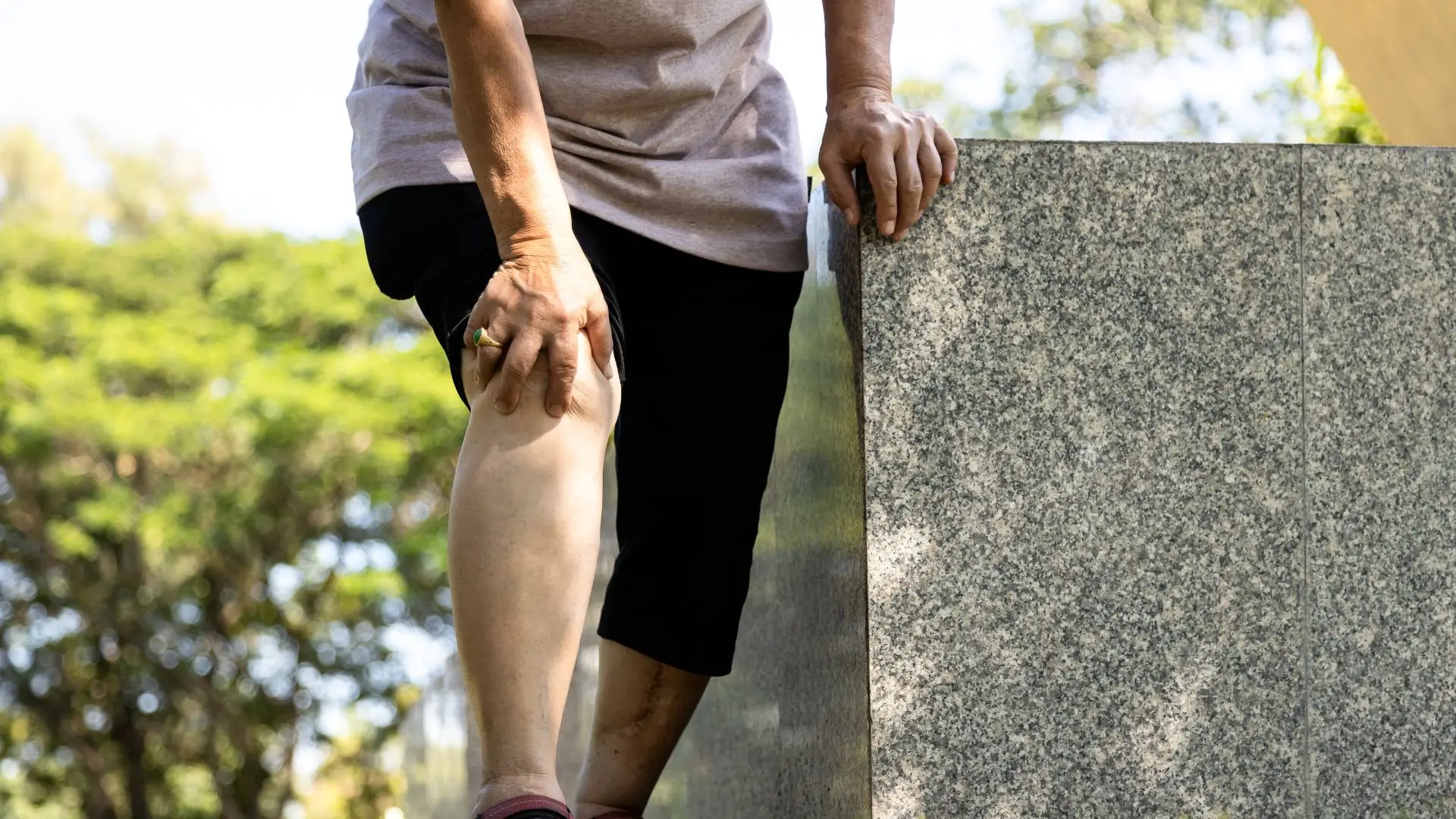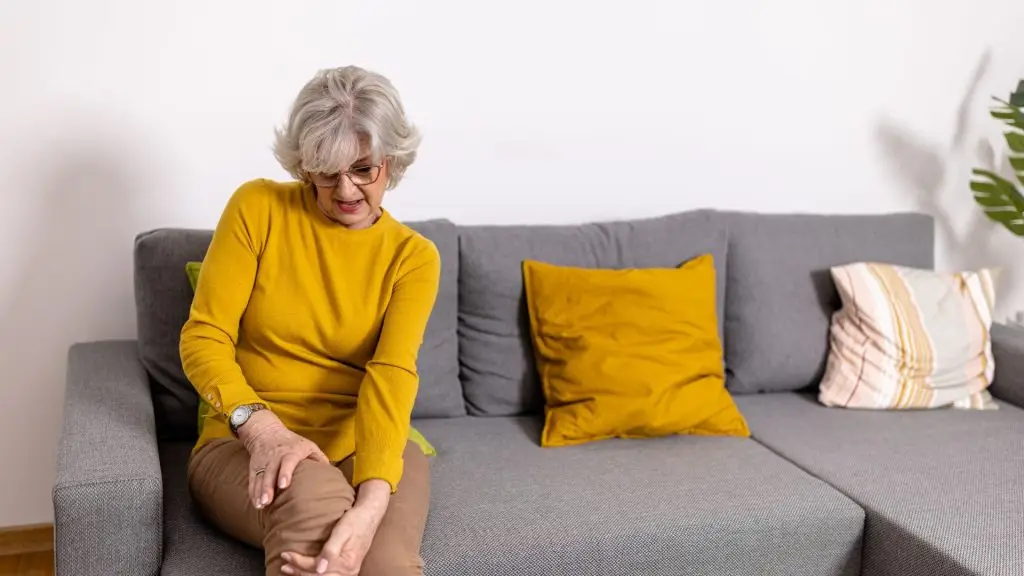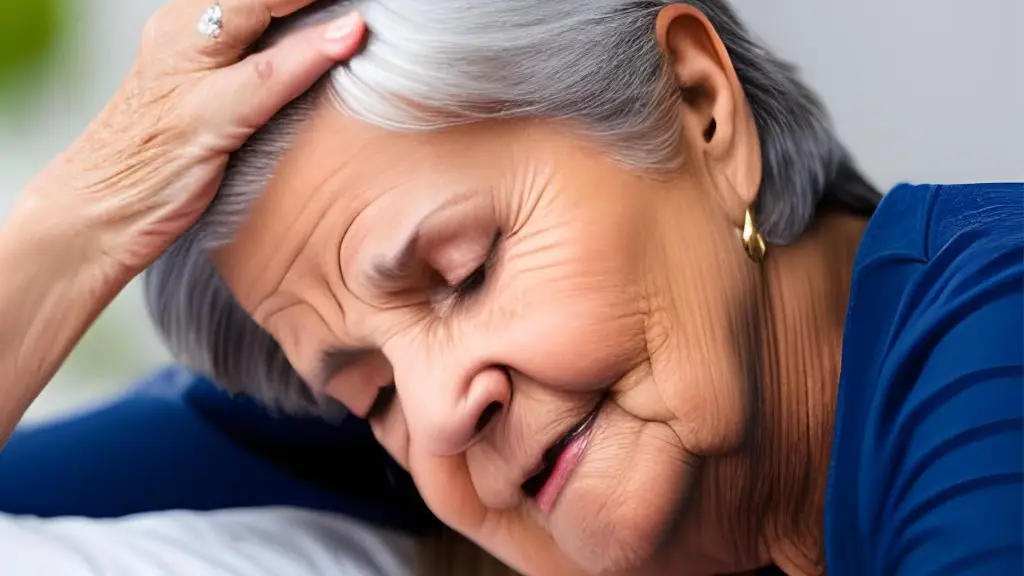
A Silent Epidemic: Tackling Chronic Pain in the Aging Community
As we age, our bodies undergo numerous changes, and unfortunately, one of the most common challenges faced by elderly individuals is chronic pain. The aging process brings about physiological changes that can exacerbate the experience of chronic pain. Conditions such as arthritis, osteoporosis, and degenerative disc disease become more prevalent in older adults, leading to joint pain, backache, and musculoskeletal discomfort. Furthermore, age-related changes in the nervous system can amplify pain signals, making even minor aches and discomfort feel more intense.
It is crucial to understand that chronic pain in elderly individuals is not a normal part of aging, and it should not be dismissed or ignored. Unfortunately, many seniors tend to underreport their pain, assuming it is a natural consequence of getting older. This misconception often leads to inadequate pain management and decreased overall well-being.
Addressing chronic pain in elderly individuals requires a comprehensive approach. Healthcare providers should consider the individual’s medical history, physical capabilities, and cognitive function to develop a tailored treatment plan. Non-pharmacological interventions such as physical therapy, occupational therapy, and gentle exercise can help improve mobility, strengthen muscles, and reduce pain.
Pharmacological interventions, including analgesics and anti-inflammatory medications, may also be necessary to alleviate pain in elderly individuals. However, caution must be exercised to minimize potential side effects and drug interactions, as older adults often have multiple comorbidities and take multiple medications.
In addition to physical interventions, addressing the emotional and psychological impact of chronic pain is crucial. Elderly individuals with chronic pain are at a higher risk of developing depression, anxiety, and social isolation. Therefore, incorporating strategies such as cognitive-behavioural therapy, counselling, and support groups can provide psychological support and enhance overall well-being.


The Unseen Struggle: Unmasking Chronic Pain in Aging Adults
Understanding chronic pain is the first step towards effectively managing it. Chronic pain refers to persistent and recurring pain that lasts for at least three months or longer. It can result from various underlying conditions such as arthritis, fibromyalgia, neuropathy, or musculoskeletal disorders. While pain is a universal experience, its impact on different age groups can vary significantly.
Elderly individuals often face unique challenges when it comes to managing chronic pain. Factors such as decreased mobility, age-related changes in the nervous system, and the presence of multiple chronic conditions can complicate pain management.
The aging process brings about physiological changes in our bodies, such as decreased mobility, loss of muscle mass, and changes in the nervous system. These changes can exacerbate chronic pain conditions, making it even more challenging for older adults to cope. Additionally, age-related conditions like arthritis, osteoporosis, and degenerative disc disease can contribute to the development or worsening of chronic pain.
Elderly individuals with chronic pain often experience a decline in physical functioning, reduced social interactions, and increased dependency on others. This not only affects their overall well-being but also leads to feelings of isolation, depression, and anxiety. Therefore, it is crucial for seniors to address chronic pain proactively to maintain their independence and enjoy a fulfilling life.
Managing chronic pain in older adults requires a comprehensive and multidisciplinary approach. This may involve a combination of medication, physical therapy, exercise, and lifestyle modifications. It is essential for seniors to consult with healthcare professionals specializing in pain management to develop a personalized treatment plan tailored to their specific needs.
Furthermore, adopting healthy lifestyle habits can significantly improve the overall well-being of elderly individuals with chronic pain. Regular exercise, such as gentle stretching, walking, or water therapy, can help improve mobility, strengthen muscles, and alleviate pain. A balanced diet rich in nutrients can also support the body’s natural healing processes and reduce inflammation.
Additionally, it is crucial to address the emotional and psychological aspects of chronic pain in older adults. Support groups, counselling, and relaxation techniques like meditation or deep breathing exercises can provide valuable coping mechanisms and help reduce stress.
In conclusion, aging with chronic pain presents unique challenges for elderly individuals. However, by taking a proactive approach and seeking appropriate medical care, adopting healthy lifestyle habits, and addressing the emotional aspects of pain, seniors can effectively manage and alleviate their chronic pain.
The Life of Chronic Pain
Click below to view the other sections within the life of Chronic Pain
Click Here